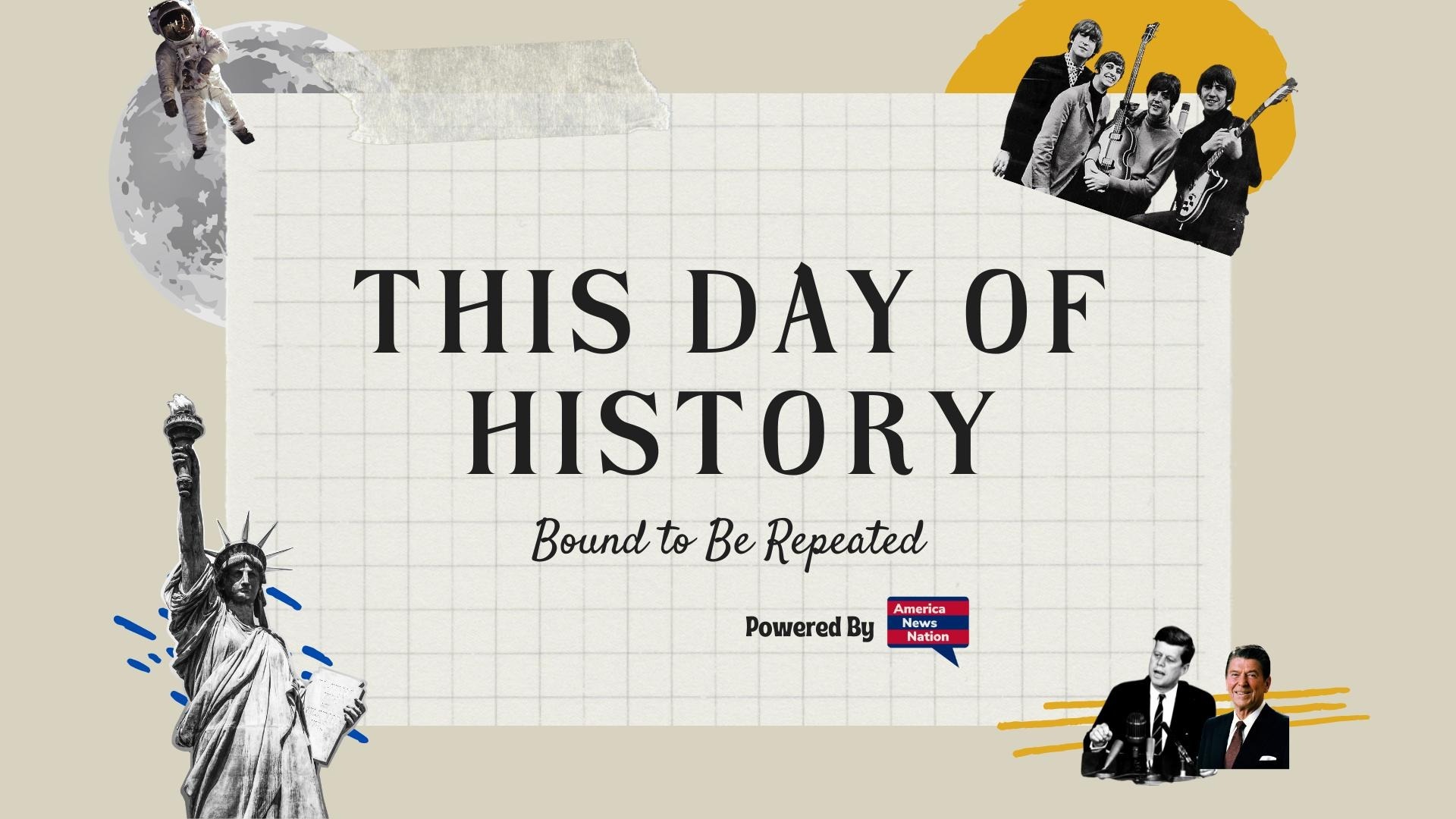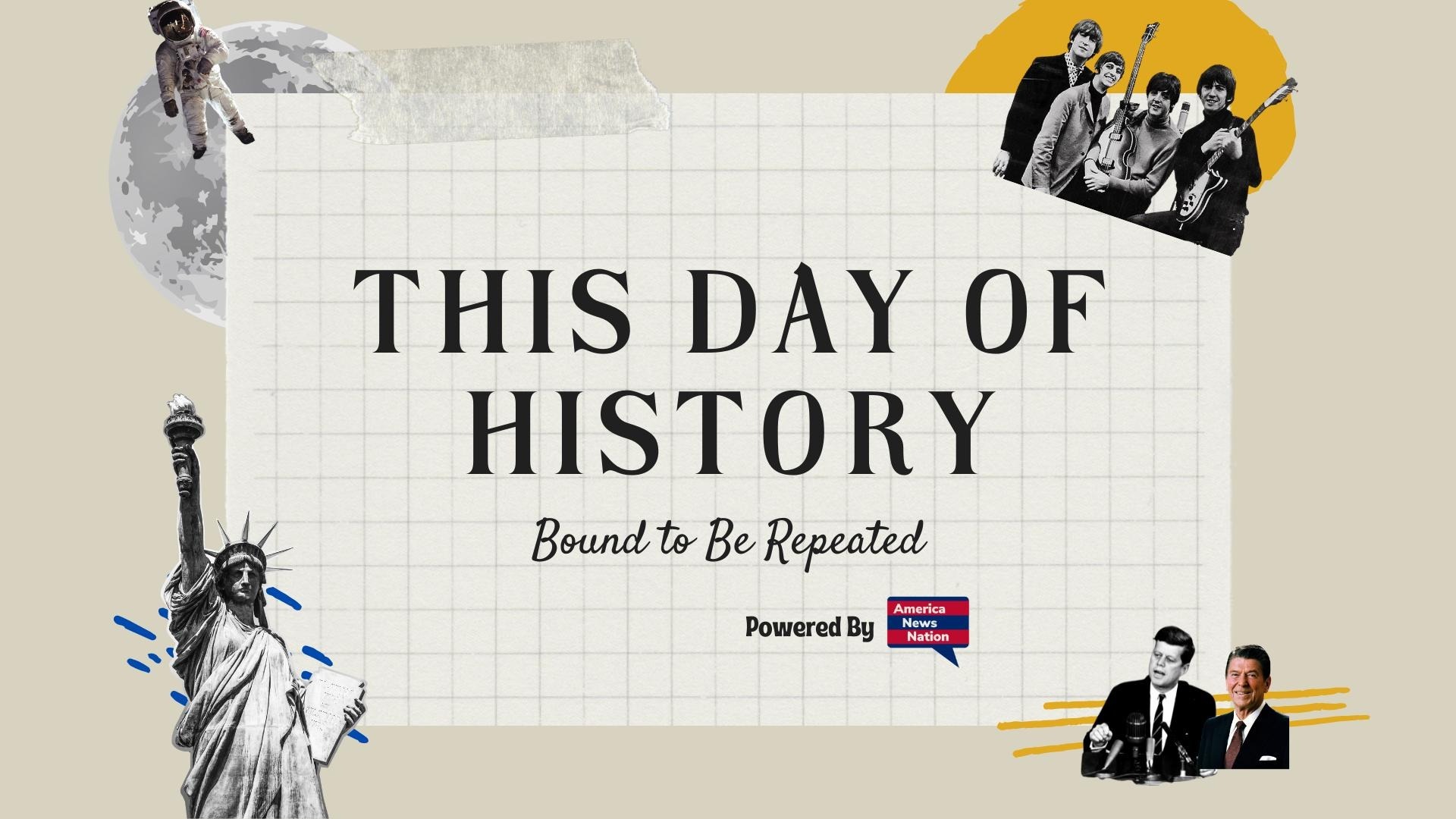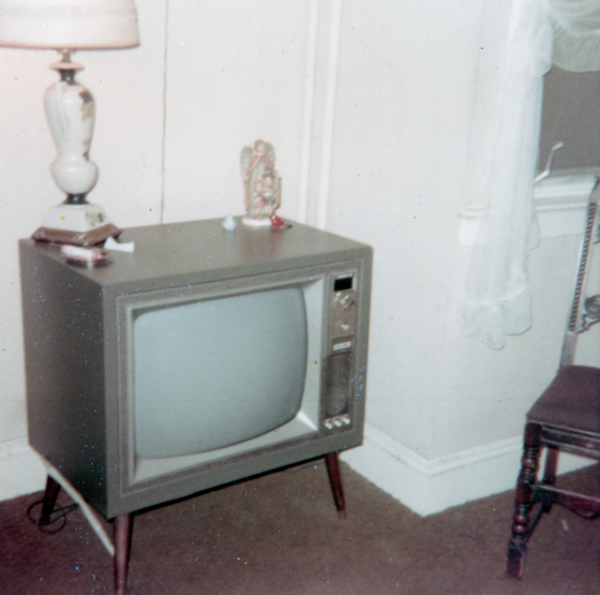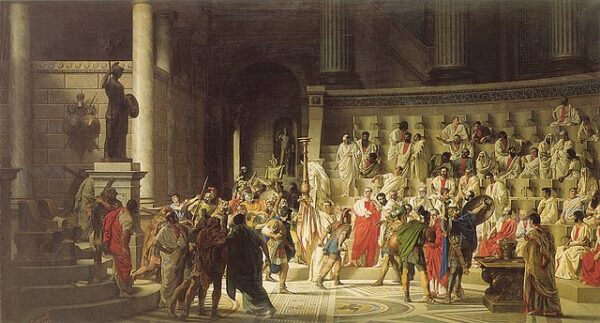On September 4, 1951, American television ceased to be a regional novelty and became a truly national medium. That day, viewers from coast to coast watched the same event at the same time: the Japanese Peace Treaty Conference in San Francisco, carried live across a newly completed transcontinental cable and microwave relay system.
The event itself was monumental. Representatives from 48 nations gathered at the War Memorial Opera House to conclude a treaty formally ending hostilities with Japan, six years after World War II. But the technology that carried the proceedings into American living rooms represented a different kind of victory—the conquest of distance by the television signal.
Until then, television in the United States was essentially a patchwork of regional networks. The East Coast could see live programming from New York, Philadelphia, or Washington, while the Midwest and West relied heavily on delayed kinescope recordings flown in by airplane. The idea of someone in New York watching the same broadcast as someone in Los Angeles in real time was only a dream.
That dream was realized by the AT&T Long Lines division, which had been working feverishly to construct a system capable of spanning the continent. Their solution combined existing coaxial cable with an ambitious new microwave relay network—107 towers stretching from Chicago to the Pacific, each relaying the television signal along line-of-sight paths over mountains, deserts, and plains. With this infrastructure in place, pictures could be transmitted at the speed of light across 3,500 miles of varied terrain.
The Japanese Peace Treaty Conference provided the perfect inaugural broadcast. On the morning of September 4, at 4 p.m. Eastern Time, CBS and NBC carried live images of Secretary of State Dean Acheson addressing the delegates in San Francisco. For the first time, Americans in Washington, Chicago, Dallas, Denver, and New York watched the same scene simultaneously with their compatriots on the West Coast.
The moment was not merely symbolic. It announced television’s arrival as a national unifier, able to link Americans from Maine to California in a single experience. Newspapers the following day heralded the feat as the “TV bridge” across the continent. The New York Times described the transmission as “remarkably clear and stable,” while the San Francisco Chronicle noted the sense of wonder that swept the conference hall when the broadcast was confirmed to be reaching New York in real time.
The technology was not without limitations. The new system could handle only one live program at a time, meaning networks had to coordinate carefully. Yet the possibilities were staggering. Within months, sporting events like the World Series and cultural staples like the Academy Awards were reaching audiences nationwide. Politicians quickly realized the implications as well: the medium could carry speeches, debates, and conventions into homes across the continent without delay.
The September 1951 broadcast thus marked the beginning of television as a truly national medium. The following year, Dwight D. Eisenhower’s presidential campaign would be the first to take advantage of coast-to-coast TV advertising, cementing the medium’s role in American politics.
Equally important, the broadcast from the Japanese Peace Treaty Conference linked the story of peace in the Pacific to the technology of connection at home. The treaty itself restored Japan’s sovereignty and signaled a new alliance in the early Cold War, as the United States sought to secure the Pacific against communist expansion. That this diplomatic milestone was the first program seen live across the nation underscored the ways in which television would entwine itself with diplomacy, war, and peace in the years ahead.
By the mid-1950s, Americans took for granted that events of national significance would unfold on their television screens in real time, regardless of geography. But on that September afternoon in 1951, when Dean Acheson’s voice traveled coast to coast without interruption, it was nothing short of astonishing.






